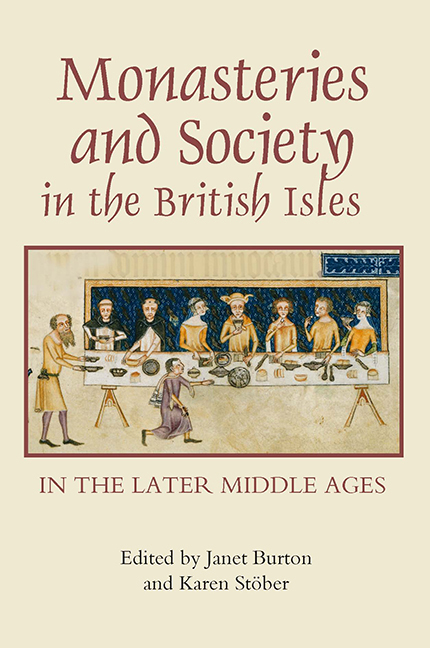In 1431 an earthquake shook the walls of the small Augustinian priory of Roca Rossa in eastern Catalonia. The resulting damage only served to add to the deterioration of the monastic compound, part of which was already in a ruinous state even before the earthquake struck. In fact, in the years leading up to the disaster, complaints had been made regarding the state of the community and its buildings, which had previously been largely abandoned by its lay patrons and benefactors. The loss of patronage was a key factor that contributed to the eventual collapse of the priory, reminding us just how crucial patronal support could be for a medieval religious community.
While in the British Isles interest in the subject of monastic patronage has been gathering speed since the 1950s, in Iberia, the approach has to date been a different one, focusing less on the social history of the medieval church, that is the study of its social function, which is where I would mostly situate monastic patronage, and more on the institutional or economic history of religious communities. There are exceptions, of course, appearing in increasing numbers, which are contributing to a growing body of work on issues related to sociomonastic studies. The work of Nikolas Jaspert, Ursula Vones-Liebenstein, Paul Freedman and Jill Webster, among others, has done much to enhance our understanding of the intricate interplay between church and society in medieval Iberia, as have a series of (unfortunately often isolated) projects carried out in various research centres across the Peninsula, among them Flocel Sabaté's recent project at the University of Lleida on the Premonstratensian canons in medieval Catalonia, or the work by Reyna Pastor, Esther Pascua and others on the social networks of several Galician monasteries. But much more work remains to be done on the topic, and this paper aims to be a small contribution.
The relationship between a monastic patron and a religious community was a two-way liaison, in which the patron was the steward and protector of his community, while the monks, canons, or nuns, in turn, became the patrons and protectors of his soul and memory.
